Yes, there’s a type of polymer (new research) that is actually stronger than steel, but it’s light as plastic.
In the modern landscape of material science, a clash of the titans is underway – not between Zeus and his mythological comrades, but between two formidable contestants in the realm of durability and strength: polymer and steel.
You may associate the word ‘strong’ with traditional materials like steel, and not with a substance typically used in everyday items like plastics and rubbers – polymer.
Yet, ongoing research is unveiling some astonishing revelations that challenge our conventional beliefs. Could it be possible that a polymer could surpass steel in terms of strength?
Polymer vs. Steel
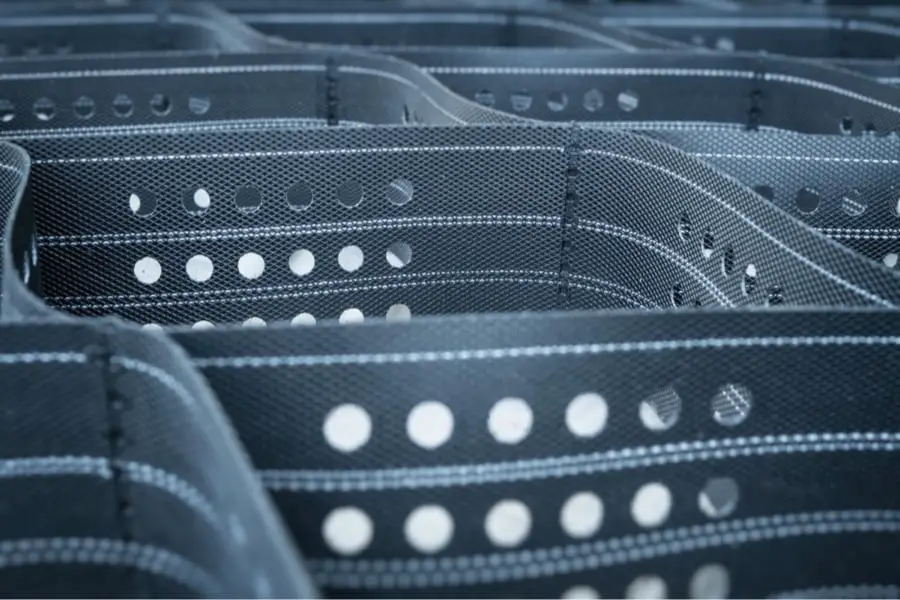
Polymer and steel are two materials that have been used in construction for decades. Steel is known for its strength, durability, and ability to withstand high temperatures.
Polymer, on the other hand, is a synthetic material that can be molded into various shapes and sizes.
When it comes to comparing polymer vs. steel in terms of strength, there are several factors to consider. For one thing, the type of polymer being used will affect its overall strength – some polymers may be stronger than others depending on their composition.
But what about that incredible story I mentioned earlier? Well, it turns out that researchers at MIT have developed a new type of polymer composite material that they claim is up to ten times stronger than steel but much lighter in weight! This breakthrough has huge implications for industries like aerospace where weight reduction can lead to significant cost savings over time.
Of course, this doesn’t mean we’ll see an end to using steel anytime soon – after all it’s still one of the most reliable building materials available today. But as technology advances and new materials become available we’re likely going see more experimentation with different types of composites like these super-strong polymers from MIT!
Strength Factors: Comparing Materials
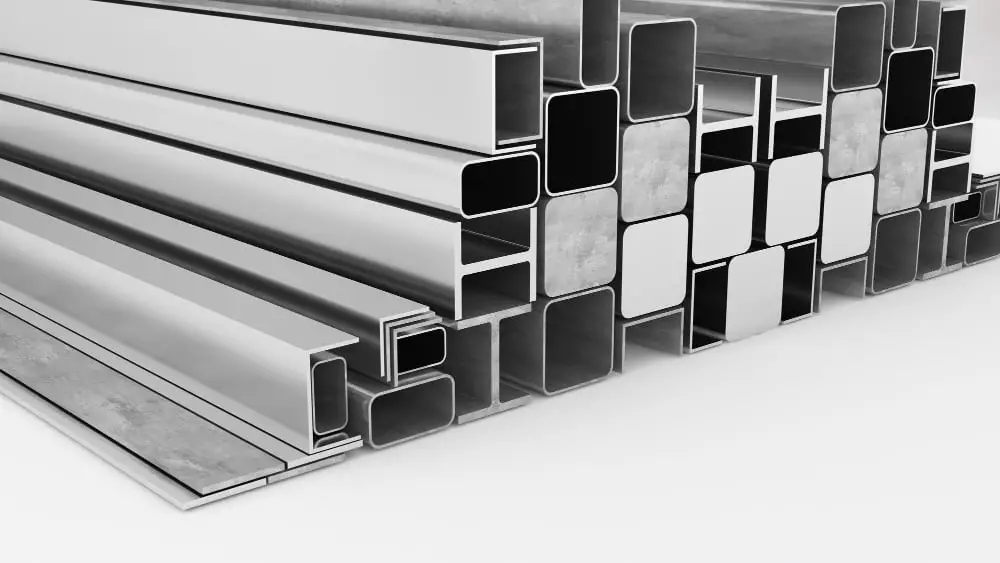
When it comes to comparing the strength of materials, there are several factors that need to be taken into consideration. Tensile, compressive, and yield strength are just a few examples of the metrics used in material science.
Steel has long been considered one of the strongest building materials due to its high tensile and compressive strengths.
But then I heard about a construction project where polymer was used instead of steel – an eight-story apartment building in London called “The Cube”. The developers claimed that this polymer-based structure (Cross Laminated Timber (CLT)) was not only lighter than traditional steel buildings but also stronger.
As someone who had always believed that steel was unbeatable when it came to structural integrity, I couldn’t help but be intrigued by this claim.
So what makes polymer so strong? And how does it compare with steel? Let’s take a closer look at some key factors affecting material strength…
Advantages of Polymer Materials

Now, let’s take a look at some advantages that polymer materials have over traditional construction materials like steel and concrete.
Firstly, polymers are incredibly lightweight. This makes them ideal for applications where weight is a concern – such as in aerospace or automotive industries.
Because they’re so light, it’s often easier to transport and install large pieces made from polymers.
Secondly, polymers are highly resistant to corrosion. Unlike metals like steel which can rust over time when exposed to moisture or chemicals in the environment; polymers don’t corrode easily making them an excellent choice for outdoor structures that need to withstand harsh weather conditions.
Finally – and perhaps most importantly – many types of polymer materials have high tensile strength (the ability to resist breaking under tension).
In fact, some types of advanced composites made from carbon fiber reinforced with epoxy resin can be up to 10 times stronger than regular structural steels!
Rresearchers had developed a new type of ultra-high molecular weight polyethylene (UHMWPE) fibers which were so strong they could stop bullets!
The team behind this breakthrough had been developing body armor for soldiers using UHMWPE fibers woven into sheets. When tested against live ammunition fired at close range; the material proved capable of stopping bullets and absorbing their energy without causing injury or trauma.
Benefits of Steel in Construction
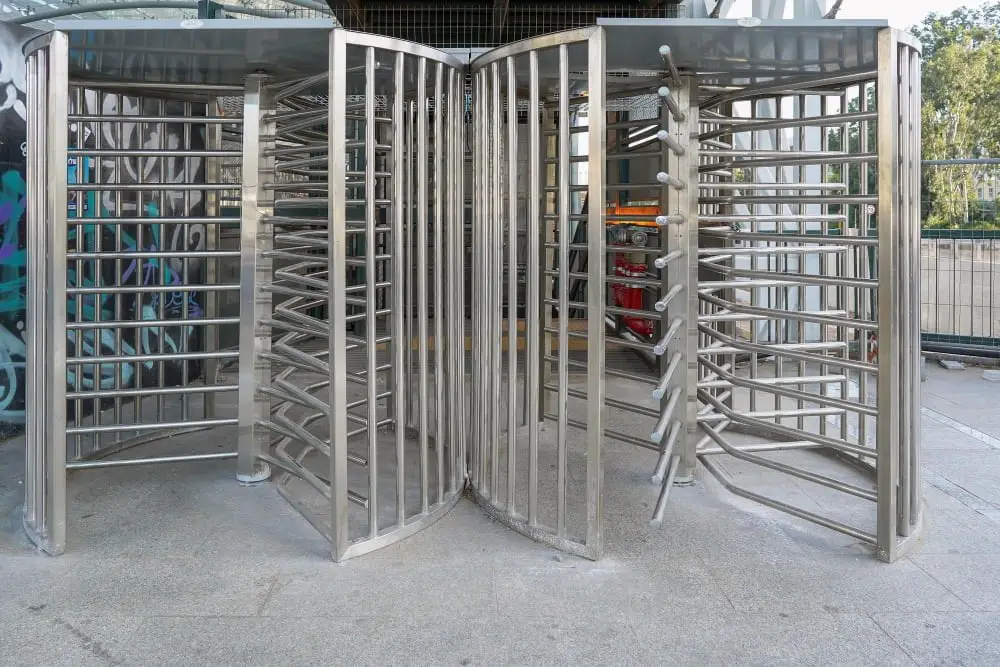
Steel is an incredibly strong and durable material that can withstand high levels of stress and pressure.
It’s also fire-resistant, which makes it ideal for use in buildings where safety is paramount.
But despite its many benefits, there are also some downsides to using steel. For one thing, it’s heavy, so transporting and installing large pieces of steel can be difficult and time-consuming.
While it may be fire-resistant compared to other materials like wood or plastic – when exposed to extreme heat over prolonged periods (such as during building fires), even the strongest steels will eventually weaken.
So with these limitations in mind… Back to our story! I was skeptical about polymer until I heard about an incredible project where this new material was put through its paces…
Applications: Where Polymers Excel
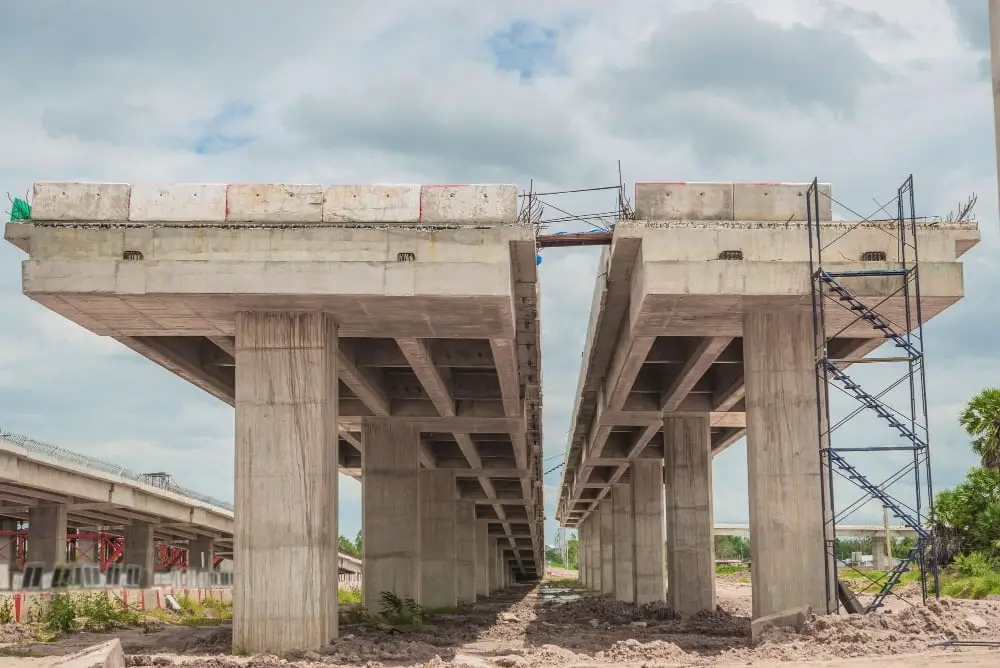
After hearing about the incredible story of a polymer bridge that withstood an earthquake, I was intrigued to learn more about this material. As it turns out, polymers have some unique properties that make them ideal for certain applications in construction.
One area where polymers excel is in corrosion resistance. Unlike steel, which can rust and weaken over time when exposed to moisture or chemicals, polymers are highly resistant to corrosion.
This makes them a great choice for structures like bridges or pipelines that need to withstand harsh environmental conditions.
Polymers also have excellent fatigue resistance, which can withstand repeated stress without breaking down over time. This property makes them well-suited for use in components like bearings and gears.
While there are certainly limitations on where and how polymers can be used in construction projects (they may not be suitable as load-bearing elements), their unique properties make them an exciting option worth exploring further.
Key Uses for Steel in Industry

Steel has been a staple in the construction industry for centuries. Its strength, durability, and versatility make it an ideal material for a wide range of applications. Steel is used in countless ways across various industries, from skyscrapers to bridges to automobiles.
But as I mentioned earlier, there’s been talk about polymer potentially replacing steel in certain projects. It wasn’t until I heard about the story of the Brooklyn Bridge that my curiosity was piqued.
The Brooklyn Bridge is one of America’s most iconic landmarks and was completed back in 1883 after 14 years of construction. Steel was still a relatively new material at that time but had already proven its worthiness through other notable structures such as the Eiffel Tower.
However, during construction on the bridge project itself – which spanned over 1 mile long – engineers faced several challenges with using traditional materials like iron due to their weight limitations at such heights above water level (the bridge towers are over 270 feet tall).
Steel proved more suitable because it could withstand higher loads without adding too much extra weight or bulkiness compared with iron alternatives; this made it possible for them build not only taller structures but also longer ones like suspension bridges where cables can be strung between two points far apart from each other while maintaining stability under heavy traffic loads or wind gusts.
So if polymer were indeed stronger than steel… What kind of possibilities would open up?
Environmental Impact and Sustainability
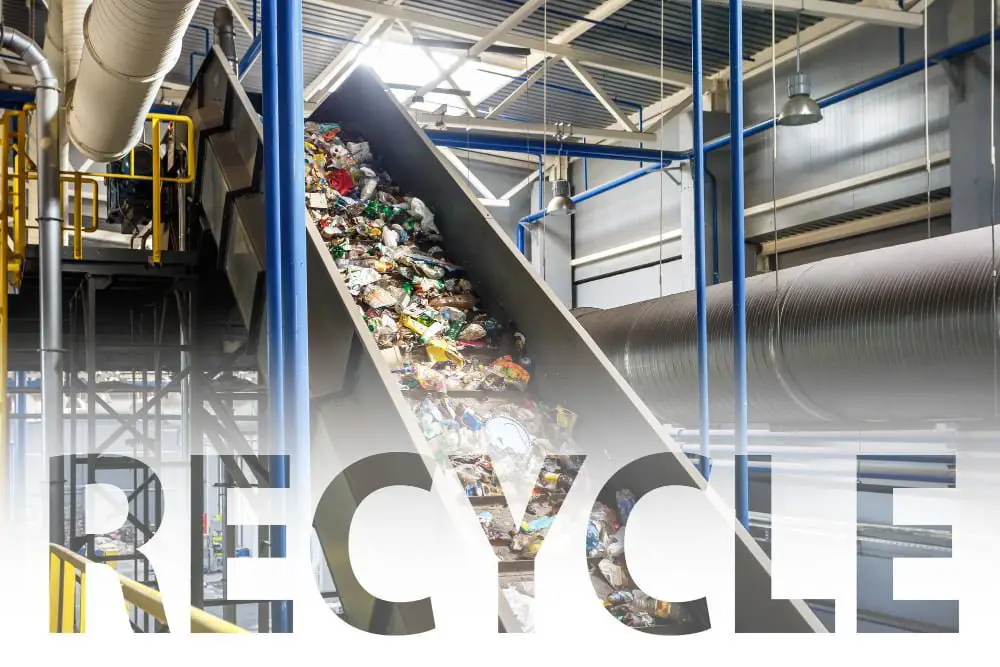
When it comes to construction materials, strength is only one factor to consider. Environmental impact and sustainability are also critical considerations in today’s world.
Steel production, for example, is a significant contributor to greenhouse gas emissions and requires large amounts of energy and resources.
It’s clear that when considering construction materials today, we need more than just brute strength – we need both strong and sustainable solutions.
And while there may still be some skepticism around polymers replacing traditional building materials like steel entirely, I believe they have an important role to play in creating more environmentally friendly buildings without sacrificing performance or safety standards.
Recap




